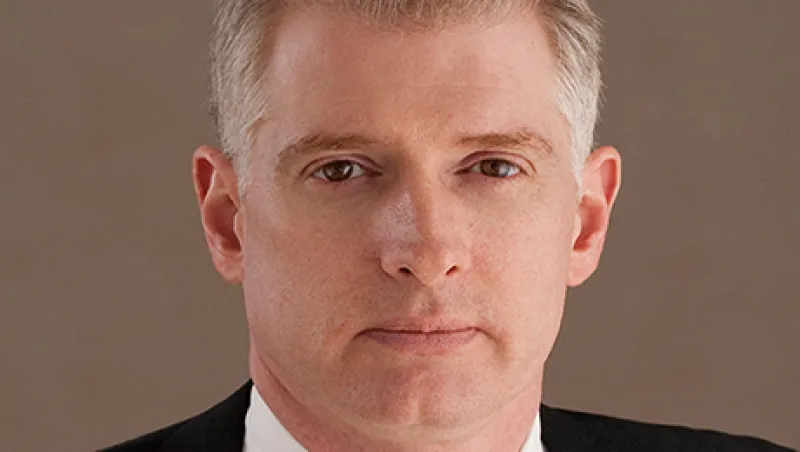When six major banks were fined $4.3 billion in November in a scandal over rigged foreign exchange rates, it gave a huge boost to a relatively new but rapidly growing industry that provides transaction cost analysis for forex trades to pension funds, hedge funds and asset managers.
Although forex transaction cost analysis has been around for nearly a decade, it only began to take off in 2010, when lawsuits were first filed against U.S. custodian banks for charging clients what were termed uneconomical rates, says Howard Tai, a senior analyst with Boston-based market research firm Aite Group. Now that asset managers are contemplating new lawsuits based on the London fixing debacle, in which traders were accused of conspiring to manipulate forex prices at the London 4:00 p.m. close, having accurate price information has become even more important to the buy side.
“When people began to realize through these lawsuits and scandals that millions of dollars are being made at the individual customer level, asset managers woke up to the fact that they need to know something about how this FX market works,” Tai says.
At least 15 firms offer some form of TCA. These are divided into three groups: single-dealer platforms such as Credit Suisse and Morgan Stanley, multidealer platforms like Thomson Reuters’s FXall, and third-party providers such as Rutherford, New Jersey–based Global Trading Analytics, FX Transparency of Framingham, Massachusetts, and Klarity FX, headquartered in San Francisco.
Tai says all three offer distinct yet dramatically different advantages and disadvantages: Banks might give detailed reporting about algorithmic trades but won’t reflect prices offered by competitors. Multidealer platforms have a huge amount of data, but most of their price information is streamed offer quotes rather than actual completed deals, Tai explains. Third-party TCA providers are likely to present the most-independent analysis of trades, but they’re hampered by their inability to provide pretrade or real-time data on the market, offering only retrospective analysis a week or month later, he adds.
John Halligan, president of Global Trading Analytics, says the lack of a conflict of interest with a particular bank or platform is one of his firm’s strongest selling points. Halligan contends that its expertise in sifting data lets it look at a “universe of trading costs” that tells a client what was attainable in the market over a full day of trading and how the client firm’s trades performed by comparison.
One possible report would show that although some market participants traded at a 2-basis-point premium, the client’s trades were executed at a 7-point premium, he says. Global Trading Analytics then sifts the data again to find out where the additional costs came from, such as slow communications between a portfolio manager and a forex trader. “When you drill down,” Halligan says, “you’re going to find that costs congregate in particular areas.” Armed with this information, clients can change their trading systems or talk to their bank about reducing the additional costs in each trade.
The problem with most TCA is that although it can tell you what prices were being offered at a particular time, it usually doesn’t reveal much about volume, says James Kwiatkowski, New York–based global head of sales for forex transactions at Thomson Reuters. He describes the TCA system used by FXall, dubbed execution quality analysis, as not just a report card on a trade but a tool to help managers understand how they’re doing and where they could improve.
The FXall system acknowledges that forex customers view similar trades in different ways. A corporate treasurer with a large forex exposure may want to transfer the risk immediately. Hedge fund traders might be more interested in breaking a large order into pieces, thus minimizing the higher premium they pay to offset the greater risk of a big trade.
FXall limits its analysis to the universe of streaming quotes that was available to the client, allowing a firm to compare its trades with those that were possible given its relationships with banks and electronic networks.
Kwiatkowski gives the example of a U.S. dollar trade into Norwegian krone. The FXall system would tell a client that although they traded with Bank A, the best rates for kroner have historically been available at Bank B and been better executed in smaller sizes an hour later than their actual trade.
Aite’s Tai says that as asset managers face increasing regulatory pressure to provide best execution, a concept that has never been defined by authorities, they will be forced to implement some form of transaction cost analysis, just as the equity world has for a decade. The fact that there’s no central clearing or agreed-on benchmark in forex makes the task more formidable than with equities. As a result, Tai predicts, TCA will be a growth business within firms and potentially more lucrative for providers.
Get more on foreign exchange.






